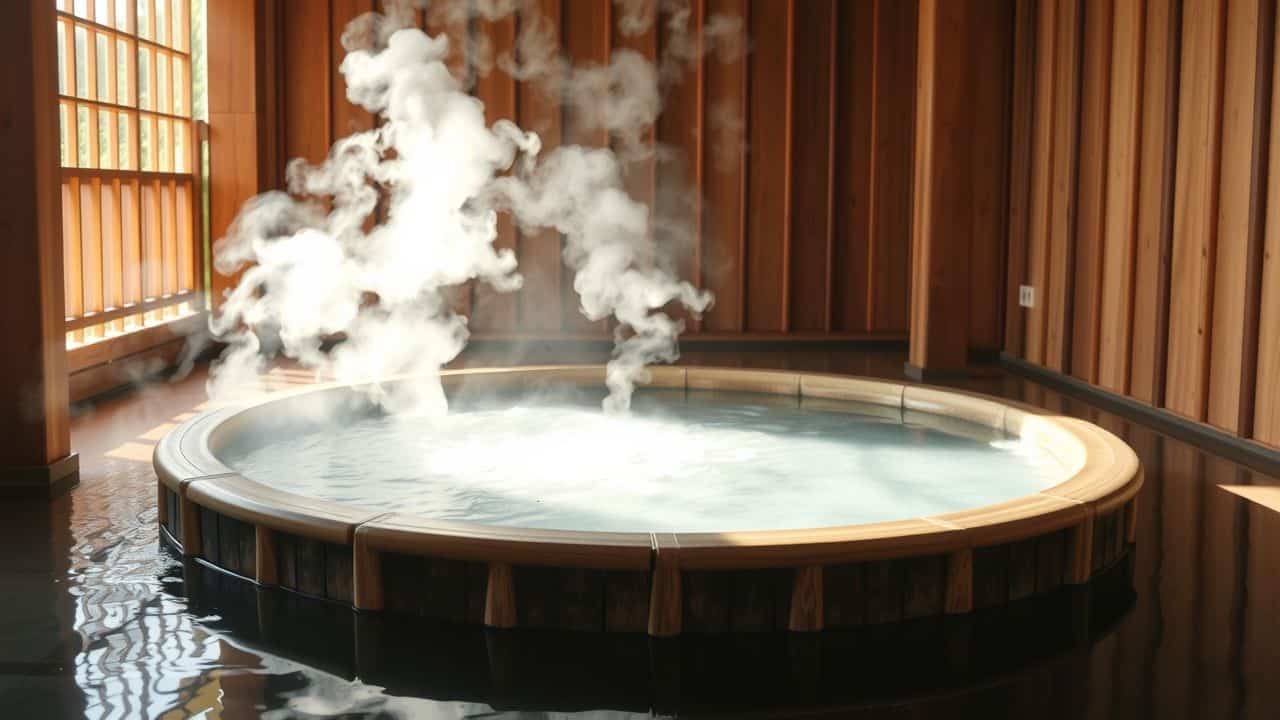Are you puzzled about the difference between onsen and spa? You’re not alone. Japan’s bathing culture can be tricky for newbies. Onsen isn’t just a fancy word for hot spring – it’s got specific rules.
This guide will clear up the onsen vs spa confusion. Ready for a deep dive into Japanese bathing?
Key Takeaways
Onsen are natural hot springs in Japan with over 3,000 areas, while spas offer wellness services globally.
Onsens must be at least 25°C and contain specific minerals by law, focusing on health benefits and relaxation.
Spa treatments include massages, facials, and beauty services, blending traditional and modern practices.
Onsen etiquette involves bathing naked, washing before soaking, and staying quiet, while spas have more flexible rules.
Beppu is a major onsen spot with hundreds of springs, second only to Yellowstone in hot spring water output.
Table of Contents
Exploring Onsen and Spa Definitions
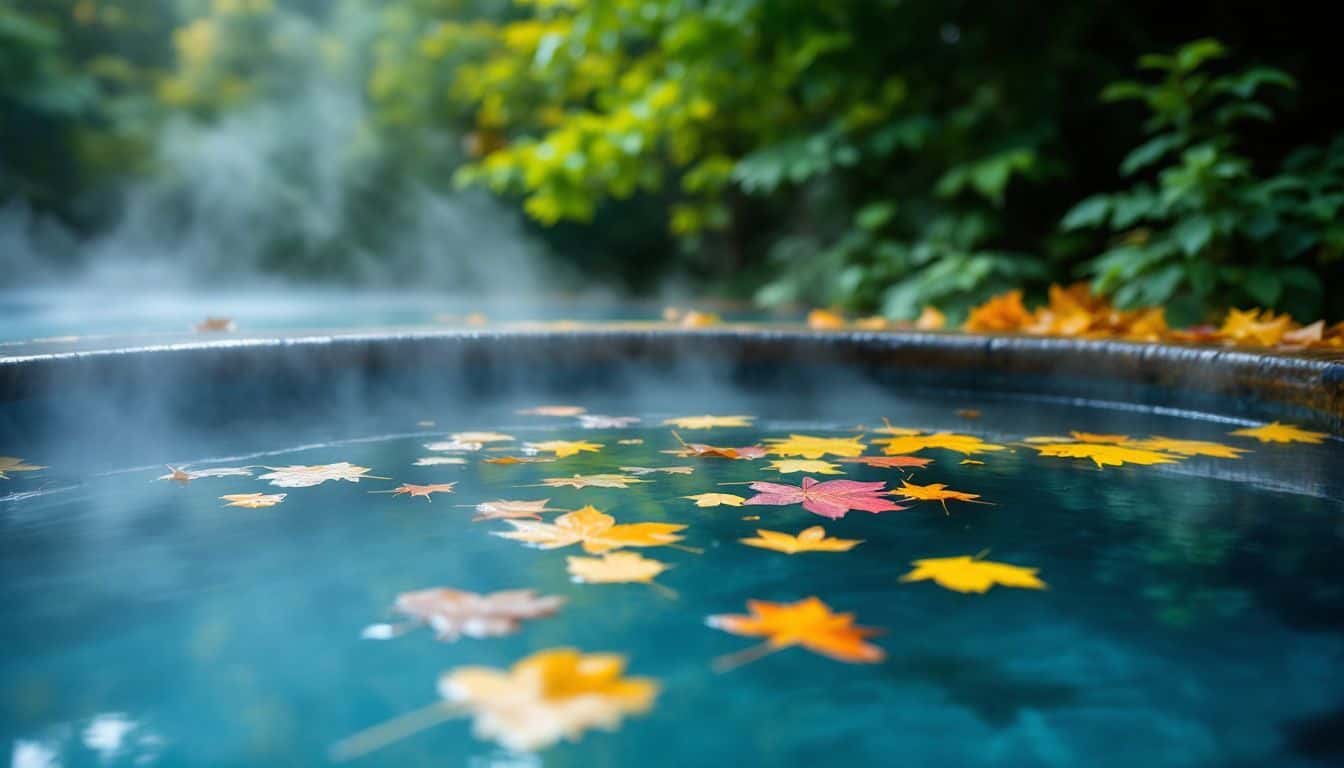
Ready to dive into Japan’s bathing scene? Let’s break down the basics of onsen and spa. These two water wonderlands offer different vibes – one’s all about nature’s healing touch, while the other’s a full-on pampering party.
Onsen: Japan’s Natural Hot Springs
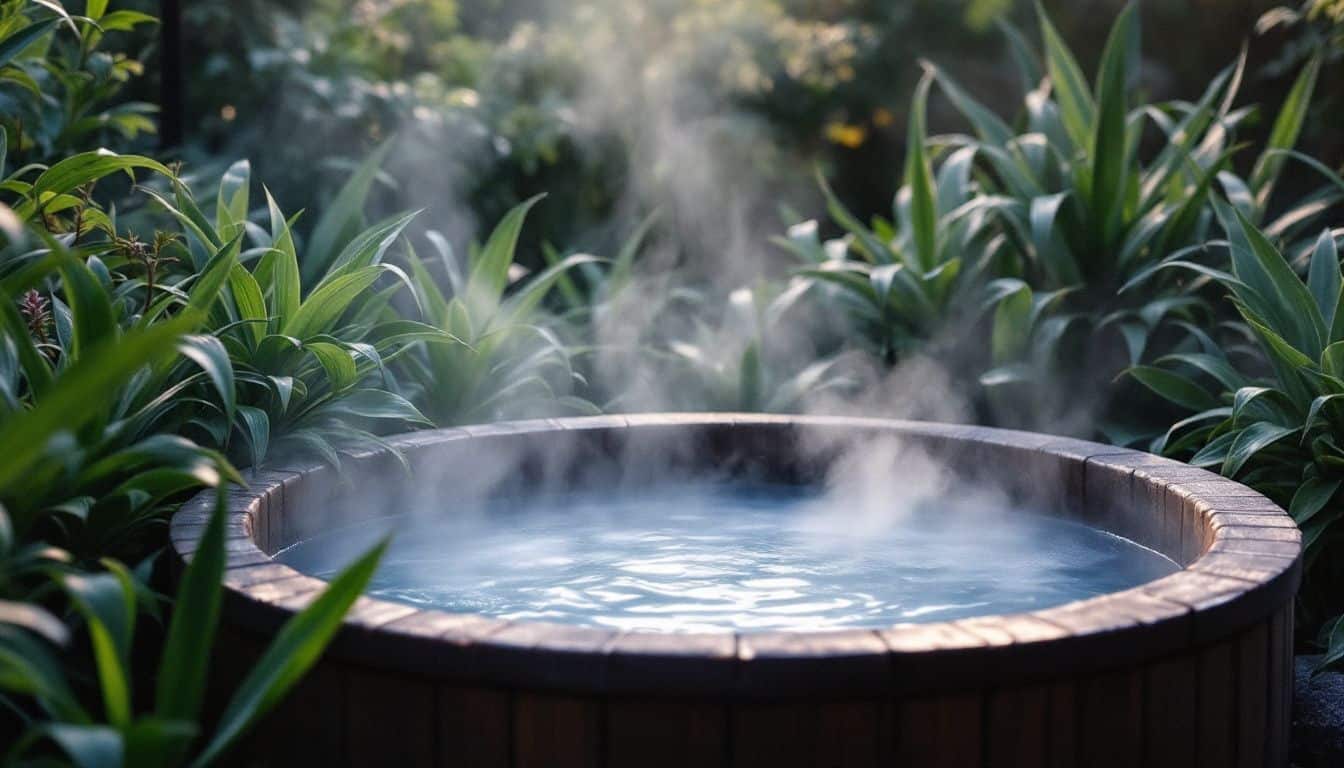
Onsen, Japan’s natural hot springs, are more than just fancy bathtubs. They’re a big deal in Japanese culture. By law, these springs must be at least 25°C and packed with specific minerals.
Japan boasts over 3,000 hot spring areas, with Oita Prefecture alone having 4,749 springs. That’s a lot of soaking spots!
Onsens aren’t just about getting clean. They’re about chilling out and boosting your health. The warm waters help you relax and get your blood flowing better. Plus, bathing with others can help build friendships… in a totally platonic way, of course. Here’s what one onsen fan said:
Onsens are like nature’s spa… but with more naked strangers.
Now, let’s explore spas and see how they compare to these steamy Japanese gems.
Spa: Wellness Centers and Therapeutic Waters
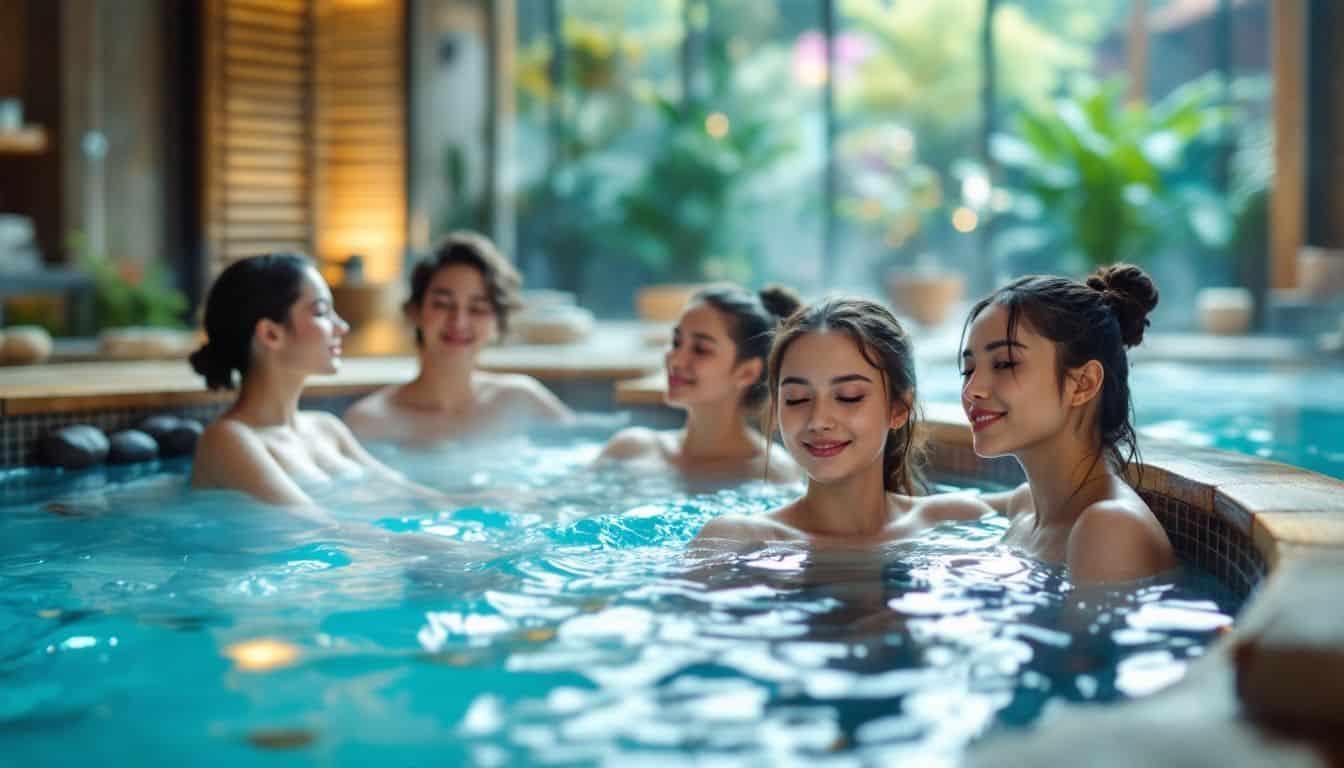
Spas are like wellness wonderlands for geeks who need a break from their screens. These centers offer a buffet of feel-good treatments. You can get massages to work out those coding-induced knots.
Facials help your skin recover from late-night gaming sessions. Some spas even have saunas to sweat out the stress of debugging. It’s not just about relaxation – spas focus on beauty too.
You might find nail care for those keyboard-worn fingers or special packages to reboot your whole system.
Fancy city spas in Tokyo blend old and new practices. They’re like high-tech gadgets with a touch of tradition. For a real comparison, check out a spa contractor in Houston, Texas.
These places aim to zap your stress and give you a power-up. Think of it as leveling up your wellness stats. Next, let’s dive into the historical significance of these bathing cultures.
Historical Significance in Japanese Bathing Culture
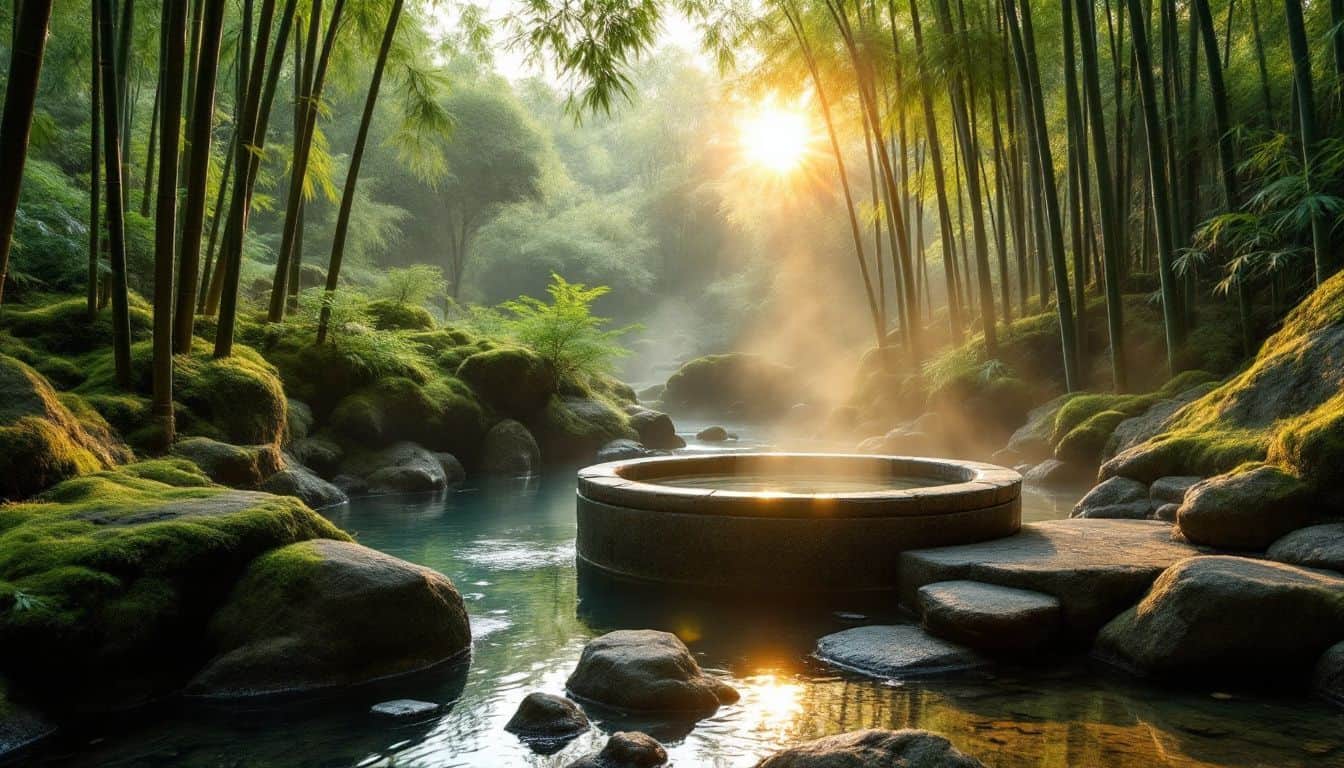
Bathing in Japan isn’t just about getting clean. It’s a time-honored tradition that goes way back – we’re talking centuries! Japanese folks have been soaking in hot springs since forever, and it’s shaped their culture big time.
Onsen: Ancient Traditions in Japan
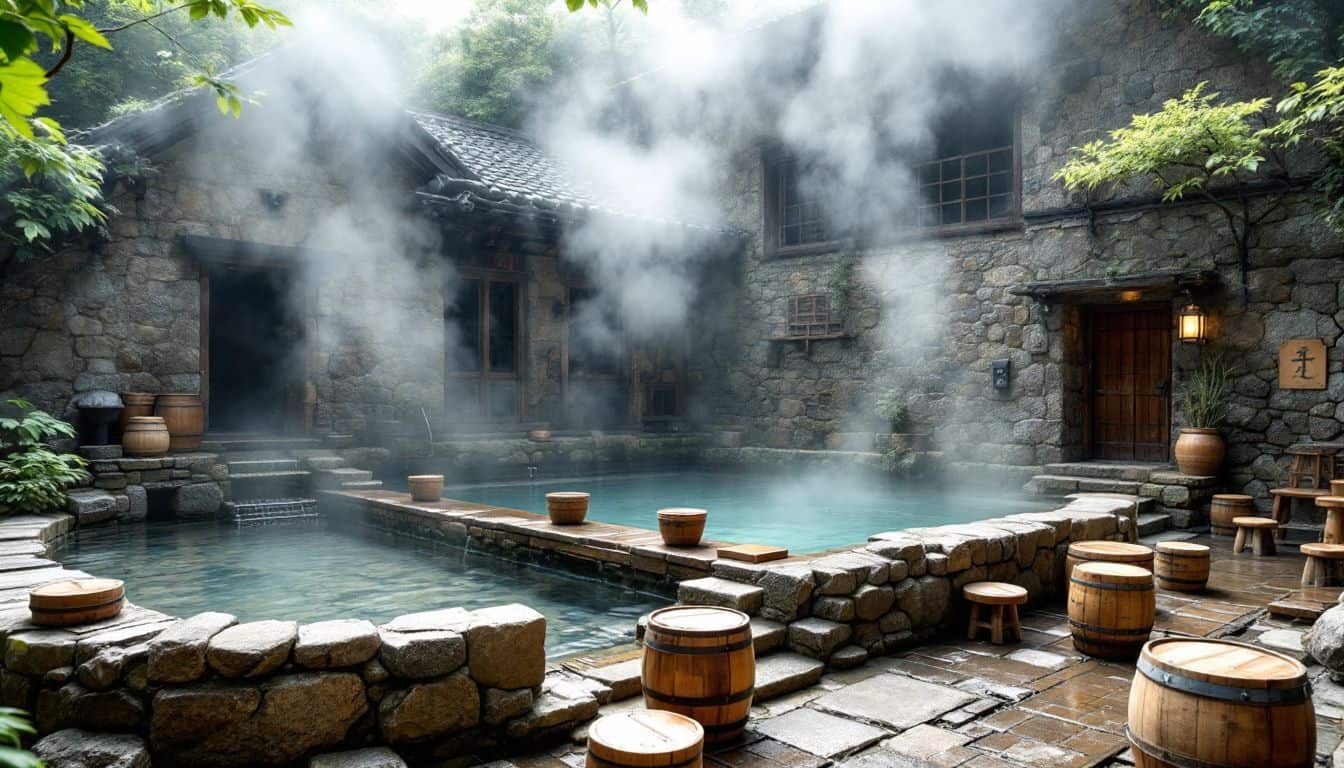
Onsens have been a big deal in Japan for ages. These natural hot springs aren’t just for fun – they’re part of Japan’s soul. Way back, folks thought the waters could heal and purify.
They’d soak in the steamy pools to wash away bad vibes and sickness. It’s pretty cool how this old custom is still kicking today.
Japan’s hot spring culture is all about getting naked with pals and strangers. Sounds weird, right? But it’s totally normal there. You get a tiny towel for modesty, but that’s it. No swimsuits allowed – they’re seen as dirty.
Most places now split up guys and gals, but mixed bathing used to be the norm. Talk about a blast from the past!
Spa: A Global Perspective on Wellness
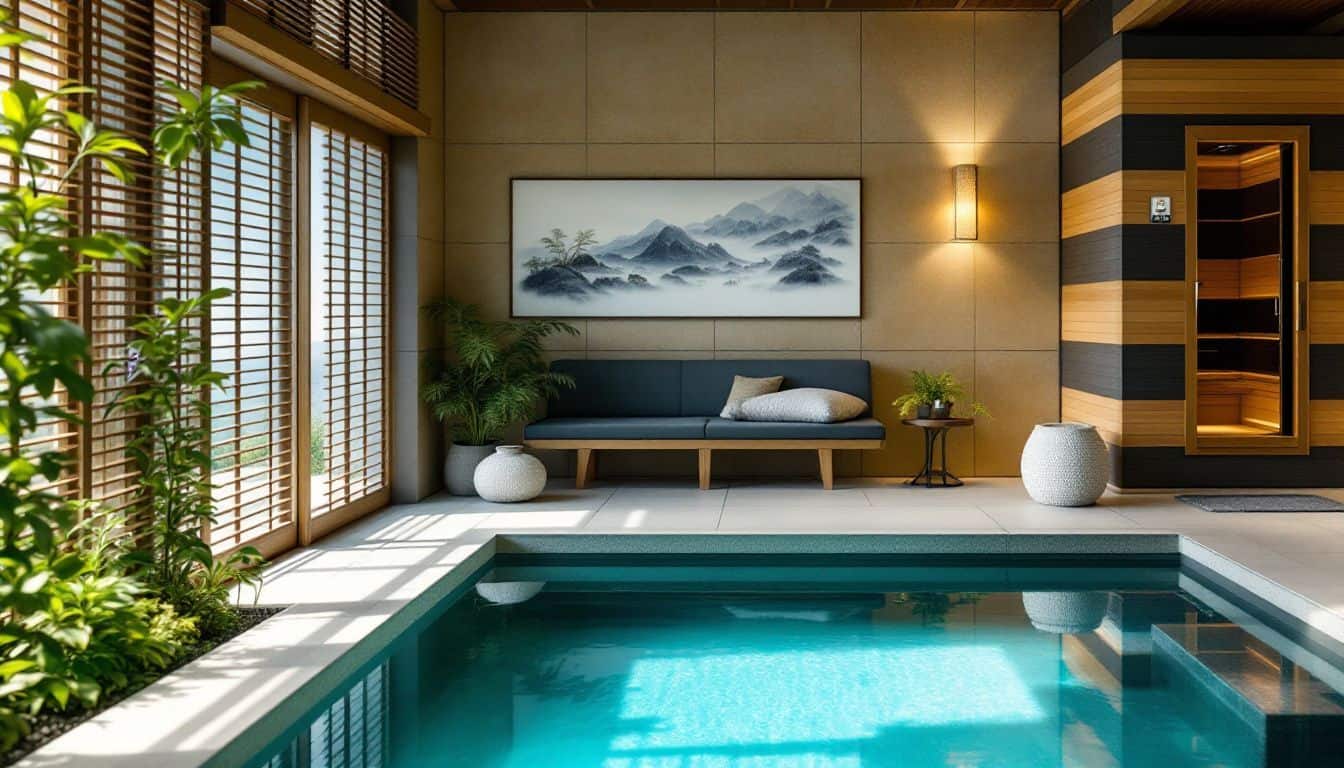
Spas have taken the world by storm. They’re not just about pampering anymore. These wellness centers offer a mix of health and beauty services that cater to both body and mind. From massages to facials, spas provide a range of treatments designed to relax and rejuvenate.
But it’s not all about looks. Many spas now focus on holistic approaches, aiming to improve overall well-being.
A spa day is like a mini-vacation for your soul.
Global spa culture has embraced elements of Japanese bathing traditions. This blend of East and West creates a unique experience for spa-goers. You’ll find zen gardens next to high-tech saunas, and green tea ceremonies alongside cutting-edge skincare treatments.
Spas today are flexible, adapting to different cultures and customs. They’re a melting pot of wellness practices from around the globe, making them a hit with health-conscious geeks everywhere.
Comparing Onsen and Spa Experiences
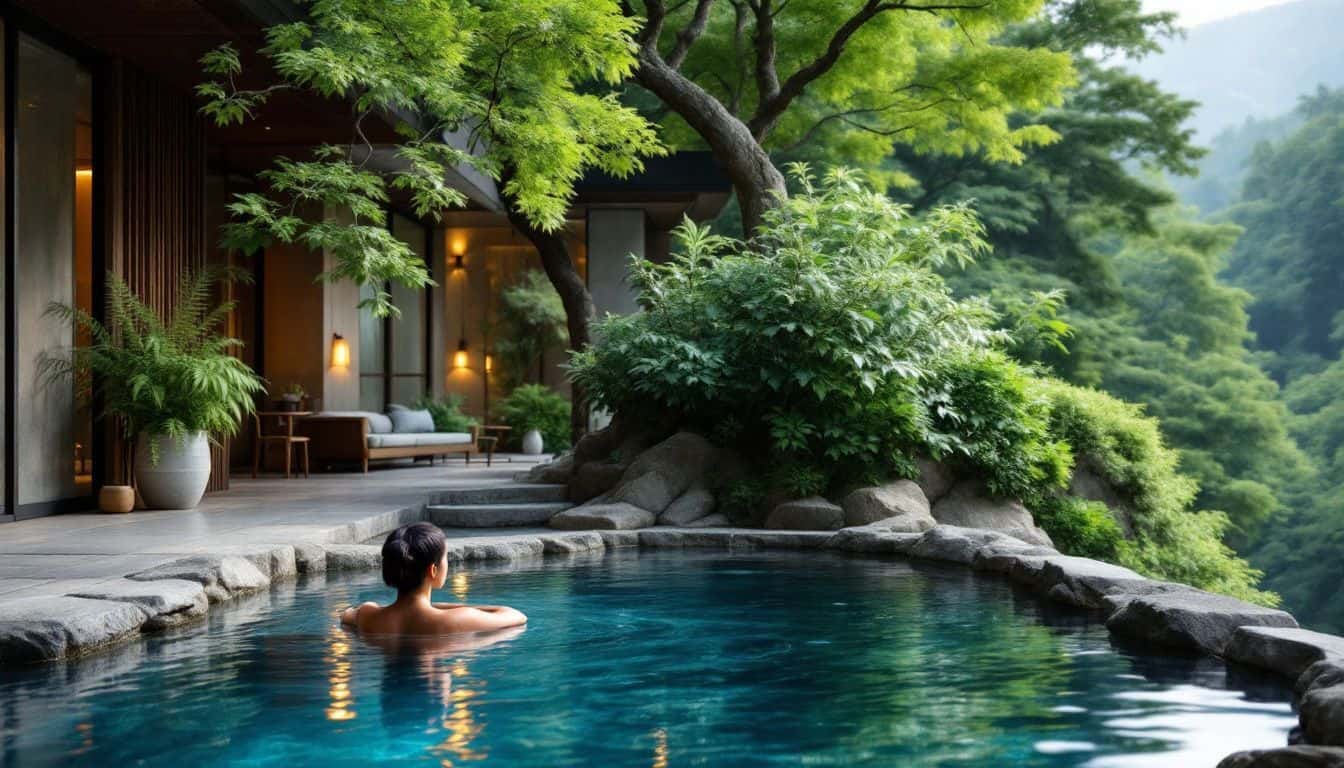
Onsen and spa experiences offer different vibes. Onsens let you soak in nature’s hot tubs, while spas pamper you with fancy treatments. It’s like choosing between a rustic mountain retreat and a swanky city hotel – both awesome, but in their own ways.
Onsen: Natural Environments and Healing Waters
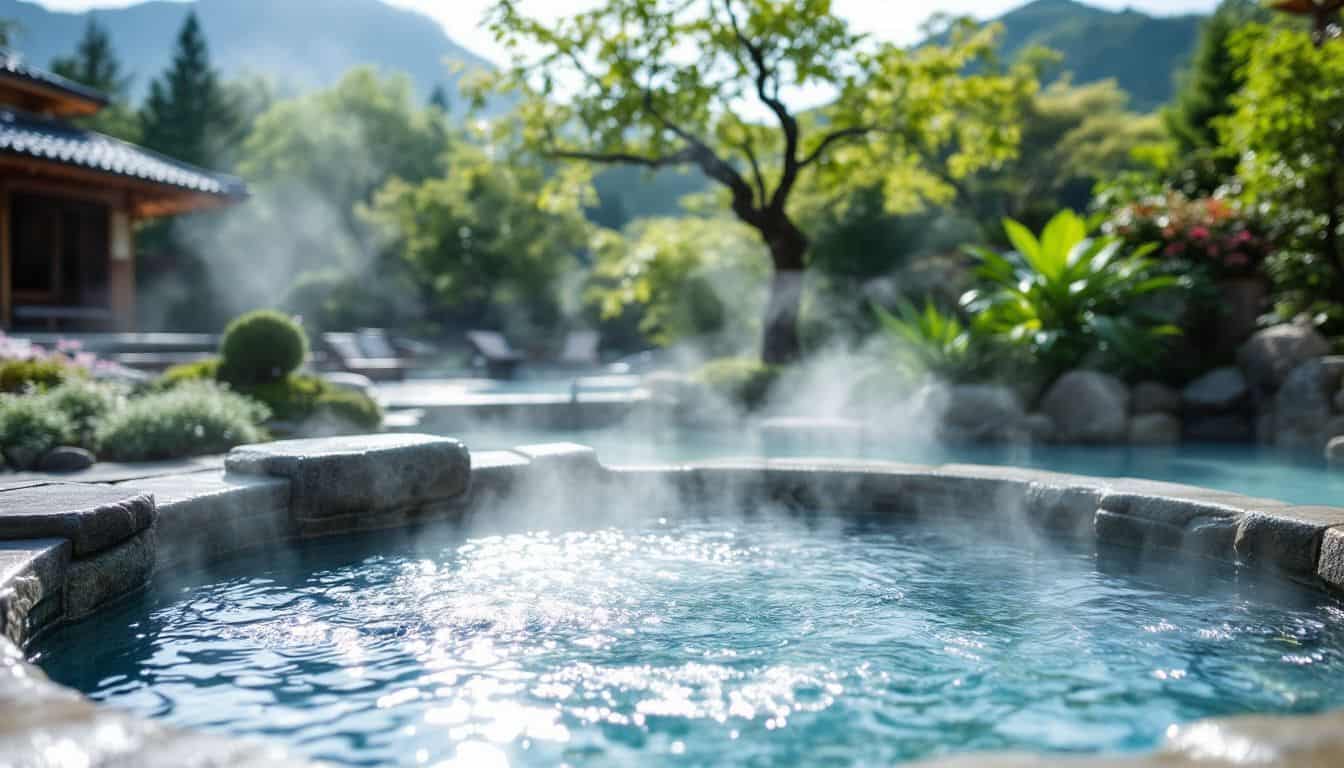
Natural hot springs, or onsen, are a geek’s paradise in Japan. These steamy pools offer more than just a soak – they’re a gateway to popular Japanese culture.
Beppu, a hot spring hotspot, boasts hundreds of these watery wonders. You’ll find crystal clear baths, vivid blue pools, and even muddy onsens. For the adventurous, there are sand baths too!
Beppu’s hot springs aren’t just pretty – they pack a punch in the health department. Each spring has its own special mix of minerals. These can help with all sorts of issues, from heart problems to iron shortages.
Fun fact: Beppu is second only to Yellowstone in hot spring water output. That’s a lot of H2O! If you’re shy, don’t worry. Private onsens let you enjoy the benefits without baring it all in public.
Spa: Comprehensive Health and Beauty Services
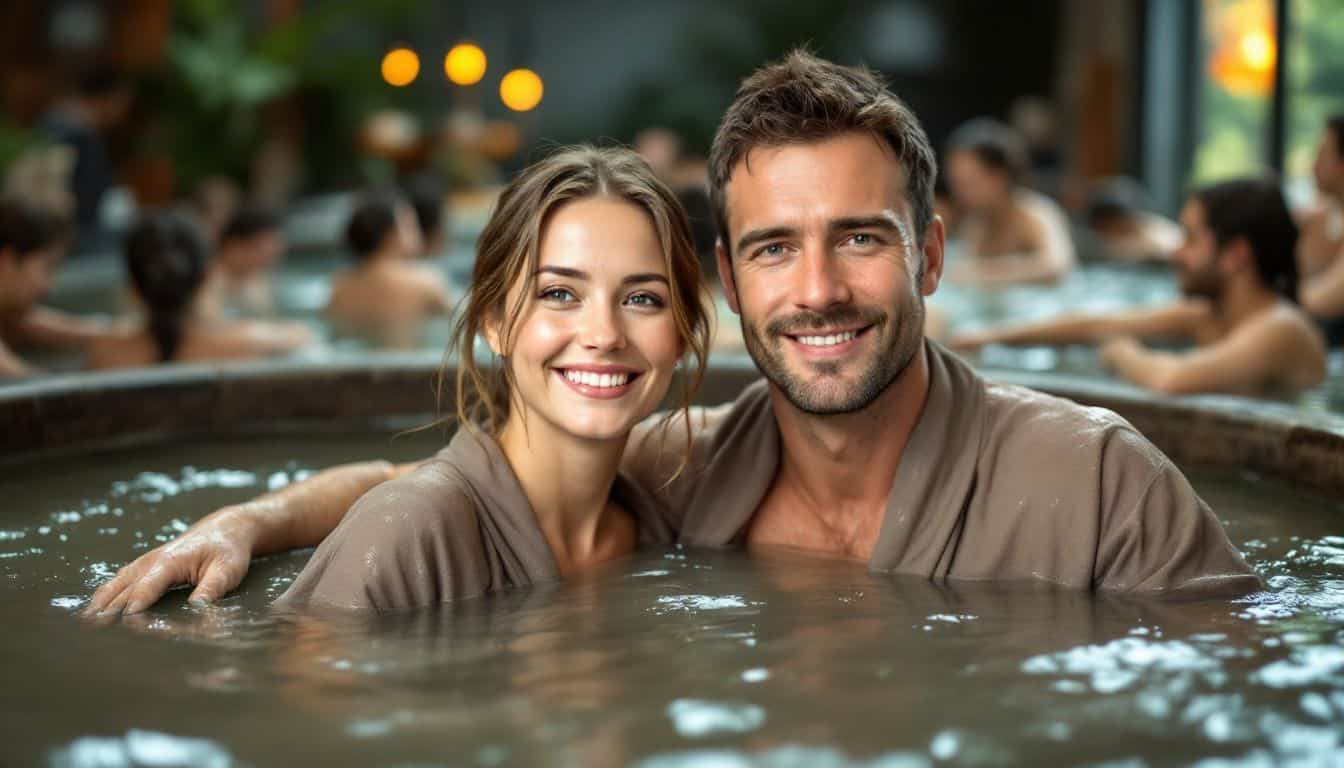
Spas in Japan offer a buffet of health and beauty treats. You can soak in warm pools, get a massage, or try fancy skin treatments. Many spas have special mud baths that make your skin feel amazing.
The Blue Lagoon spa, for example, is famous for its skin-loving mud. It’s like a geek’s paradise for body care!
But heads up – spas can get busy. The Blue Lagoon often has crowds, so book ahead. Prices start at 5,000 yen, which might seem steep. But trust me, it’s worth it for the full spa experience.
Next, let’s dive into the rules you need to know at onsen and spas.
Etiquette in Onsen and Spa Settings
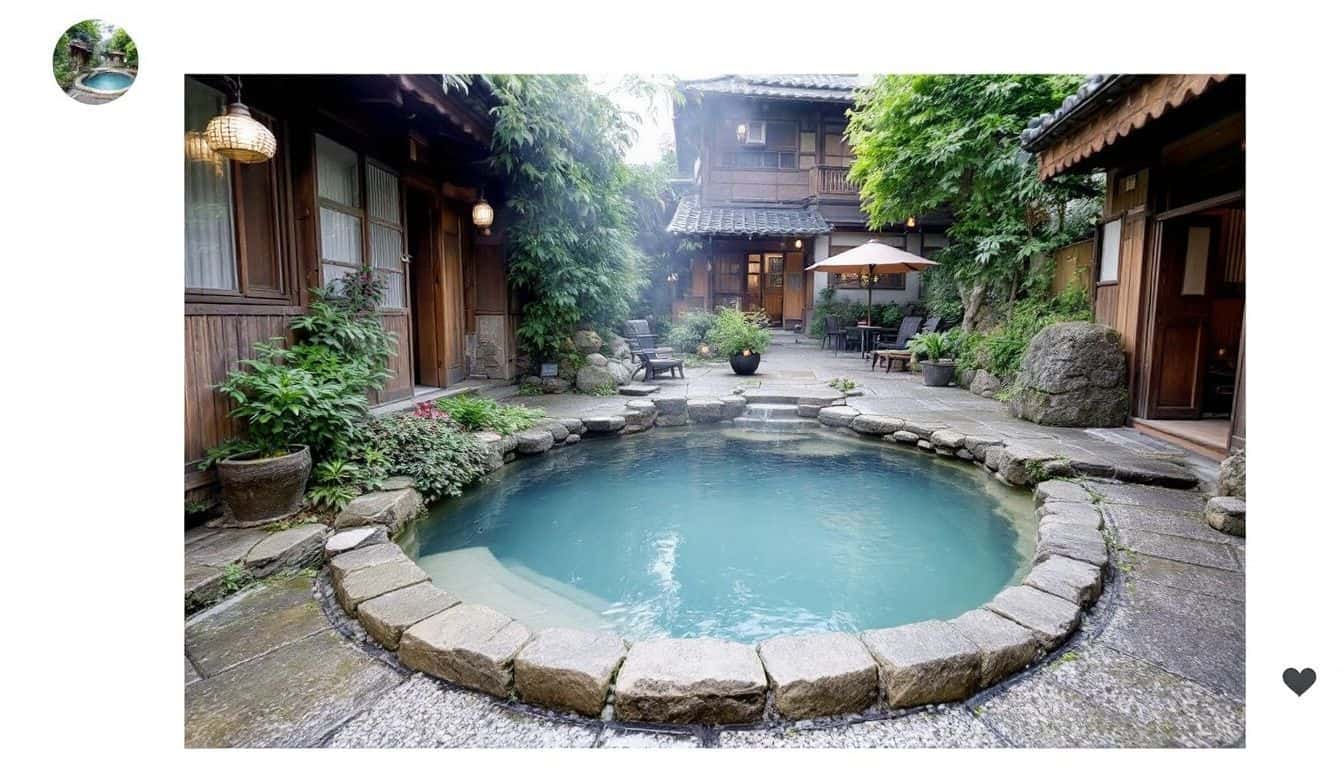
Onsen and spa etiquette can be a bit tricky for newbies. But don’t sweat it – we’ve got your back with some handy tips and tricks to keep you from making a splash… in all the wrong ways!
Onsen: Traditional Rules and Bathing Practices
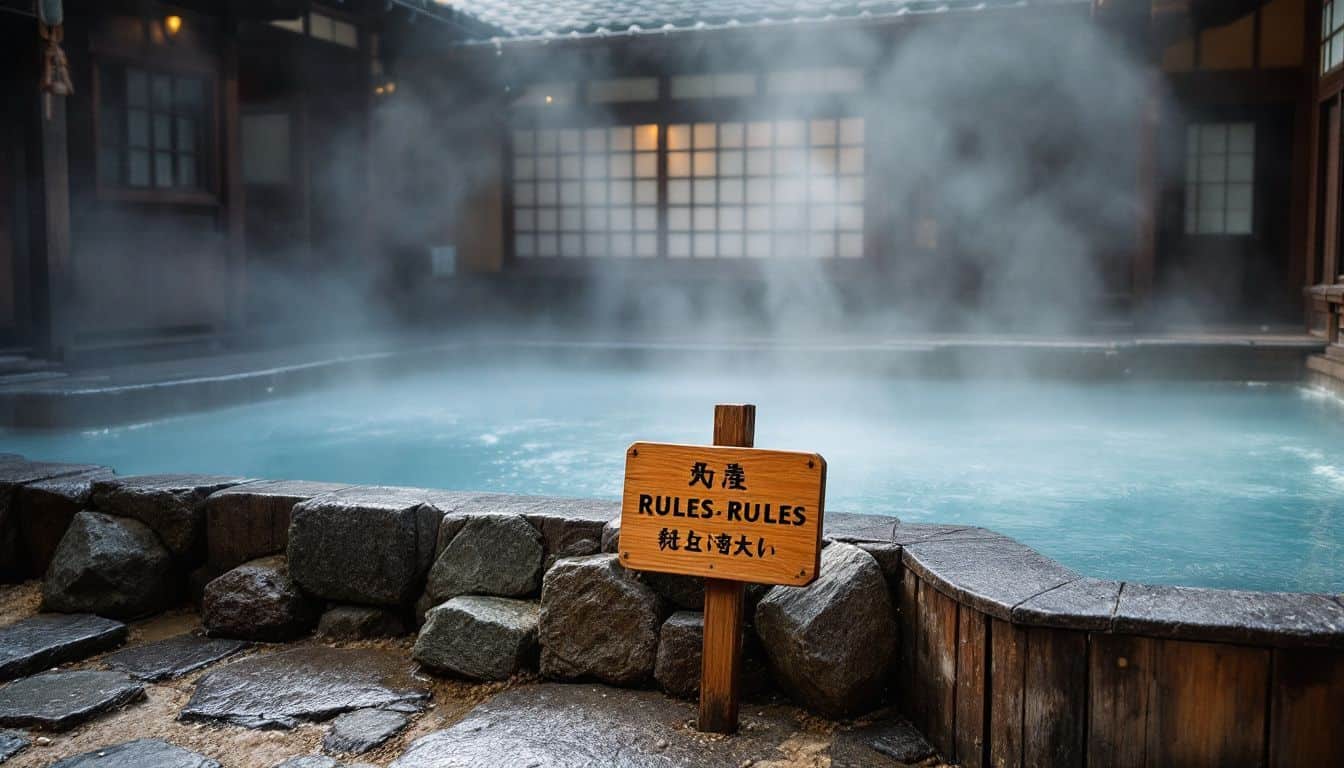
Onsen bathing in Japan comes with a set of rules that might seem strange to newcomers. These traditions have deep roots in Japanese culture and help keep the experience enjoyable for everyone. Let’s dive into the key rules you need to know:
- Strip down completely: No swimsuits allowed here! You’ll get a small towel for modesty, but it stays out of the water.
- Scrub before soaking: Shower thoroughly before entering the onsen. This keeps the water clean for all.
- Hair up, head dry: Tie long hair back and don’t dip your head underwater. It’s not a swimming pool!
- Quiet, please: Keep your voice low. Onsens are for relaxation, not loud chatter.
- Ink issues: Sadly, if you have cool nerd tattoos, you might face problems. Some places ban tattoos outright.
- Rinse and repeat: After your soak, rinse off again. Don’t wipe yourself dry in the bathing area.
- Gender separation: Most onsens have separate areas for men and women. Mixed bathing (kon’yoku) is rare.
- No drinks or food: Leave the snacks and beverages outside. Water is okay if you’re feeling dizzy.
- Mind the temperature: Onsen water can be very hot. Test it slowly and don’t stay in too long.
- Respect personal space: Don’t stare at others or splash around. Think zen, not water park.
Spa: Flexible Guidelines and International Customs

While onsen rules are set in stone, spas offer more wiggle room. Let’s dive into the flexible world of spa etiquette and how it blends with global norms.
- Private bath options: Many spas cater to shy geeks by offering solo soaking spots. No need to bare it all in front of strangers!
- International customs: Spas often follow a mix of Japanese and Western practices. You might find robes instead of yukata, or slippers instead of geta.
- Washing up: Like onsen, spas ask guests to clean before entering pools. But they’re usually more forgiving if you forget.
- Hair rules: Tying up long locks is still a good idea, but spas are less strict about it. Swim caps might be an option.
- Swimwear: Unlike onsen, many spas allow bathing suits. Perfect for those not ready to go full birthday suit!
- Talking and noise: Spas tend to be more relaxed about chatter. You can often chat with friends without getting the side-eye.
- Tech use: Some spas let you bring phones or tablets to certain areas. Selfie time in the hot tub? Maybe!
- Time limits: Spas usually don’t rush you out. Stay and prune as long as you like… within reason.
- Food and drink: Many spas offer snacks or even full meals poolside. Sip a smoothie while you soak!
- COVID-19 measures: Spas have adapted to pandemic times. Expect mask rules, social distancing, and extra cleaning.
- Accessibility: Spas often have better options for folks with mobility issues. Ramps, lifts, and special equipment are more common.
People Also Ask
What’s the difference between an onsen and a sento?
An onsen is a natural hot spring, while a sento is a public bathhouse. Onsens use geothermally heated water, often in scenic spots like Kurokawa Onsen. Sentos, on the other hand, are more common in cities and use heated tap water.
Are there health benefits to soaking in Japanese hot springs?
You bet! Onsen works wonders for your body. The mineral-rich waters can help with heart disease, iron-deficiency, and boost cardiovascular health. It’s like a natural spa treatment for your insides!
What’s the deal with Japanese snow monkeys and hot springs?
Picture this: furry monkeys chilling in steamy pools. That’s what you’ll see in places like Shibu Onsen. These clever critters figured out that hot springs are the perfect spot to warm up during chilly winters.
Can I find hot spring resorts in Japan’s ski areas?
Absolutely! Niseko, a popular ski destination, boasts some fantastic hot spring resorts. After a day on the slopes, you can soothe those aching muscles in a toasty onsen. It’s the best of both worlds!
Are there any risks associated with bathing in hot springs?
While rare, there’s a tiny chance of catching something called primary amoebic meningoencephalitis from a brain-eating amoeba named Naegleria fowleri. But don’t let that scare you off! Just keep your head above water and you’ll be fine.
What’s the etiquette for visiting Japanese bathhouses?
First things first: scrub yourself clean before hopping in the bath. No swimsuits allowed – it’s birthday suit or bust! And remember, the water’s for soaking, not swimming. Follow these rules, and you’ll fit right in at any ryokan or minshuku.
References
https://www.japan-guide.com/e/e2292.html (2024-08-10)
https://www.kashiwaya.org/e/magazine/onsen/spa-hotspring.html
https://core.ac.uk/download/pdf/148355646.pdf
https://www.bathclin.co.jp/en/happybath/did-you-know/a-brief-history-of-japanese-bathing-culture/
https://guide.michelin.com/us/en/article/travel/spas-sento-onsen-bathing-culture-tokyo (2024-06-16)
https://roamingnanny.com/blog/japanese-onsen-etiquette-rules-and-guide/
